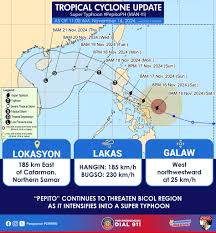
Understanding the Importance of Zone 911
In an age where timely emergency response can save lives, upgraded systems like Zone 911 are gaining significant attention. The concept revolves around leveraging technology to ensure that emergency services respond more swiftly and accurately to incidents. As communities across Canada continue to seek solutions for effective emergency management, the relevance of Zone 911 cannot be overstated.
What is Zone 911?
Zone 911 is an innovative emergency response system designed to enhance the efficiency of services such as police, fire, and medical response units. Launched in various regions, including provinces like British Columbia and Ontario, Zone 911 utilizes advanced geographical information systems (GIS) and real-time data analytics to determine the optimal response routes and strategies for emergency vehicles.
Recent Developments and Implementations
Recently, municipalities in Canada have begun to implement Zone 911 systems to improve their emergency response capabilities. In specific trials conducted in urban areas, reports indicate significant reductions in response times—up to 30% faster than traditional methods. This has been attributed to better route planning and coordination among different emergency services. Furthermore, the system enhances communication, allowing dispatchers to coordinate resources more effectively in high-pressure situations.
The Significance of Technology in Emergencies
One of the main components of Zone 911 is its integration with existing emergency management software. This allows for seamless sharing of information across departments and agencies. Additionally, the approach addresses the needs of modern urban environments, where traffic congestion and dynamic incidents pose challenges to timely responses. As emergency situations become more complex, the inclusion of technology, such as mobile data terminals in vehicles and user-friendly apps for quick reporting, becomes essential.
Looking Ahead: What This Means for Canadians
The implementation of Zone 911 signifies a crucial step towards modernizing Canada’s emergency services. As municipalities continue to adopt and refine this system, Canadians can expect improvements in safety across cities and rural areas alike. Moreover, with ongoing investment in technology and infrastructure, the hope is that future iterations of Zone 911 will integrate even more advanced features like AI-driven analytics for predictive response capabilities.
Conclusion
Zone 911 represents a crucial adaption of emergency response systems to fit the challenges of the 21st century. For Canadians, this initiative holds the promise of quicker response times and more efficient service. As technology continues to evolve, Zone 911 sets a precedent for how critical services can innovate to meet the needs of their communities and ensure safety for all.



